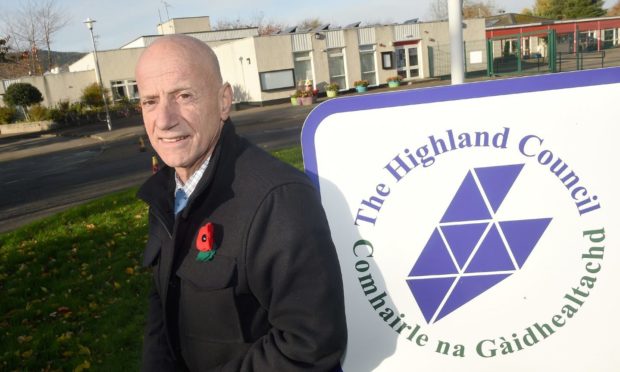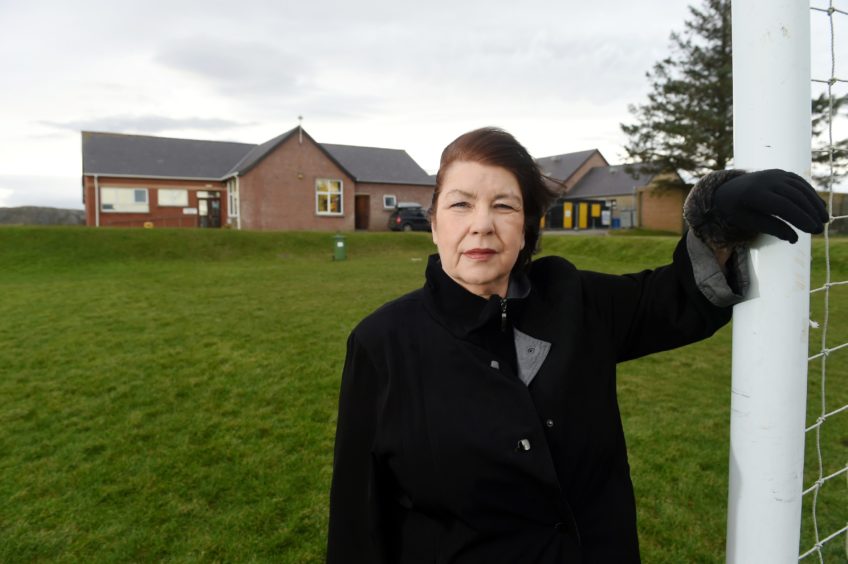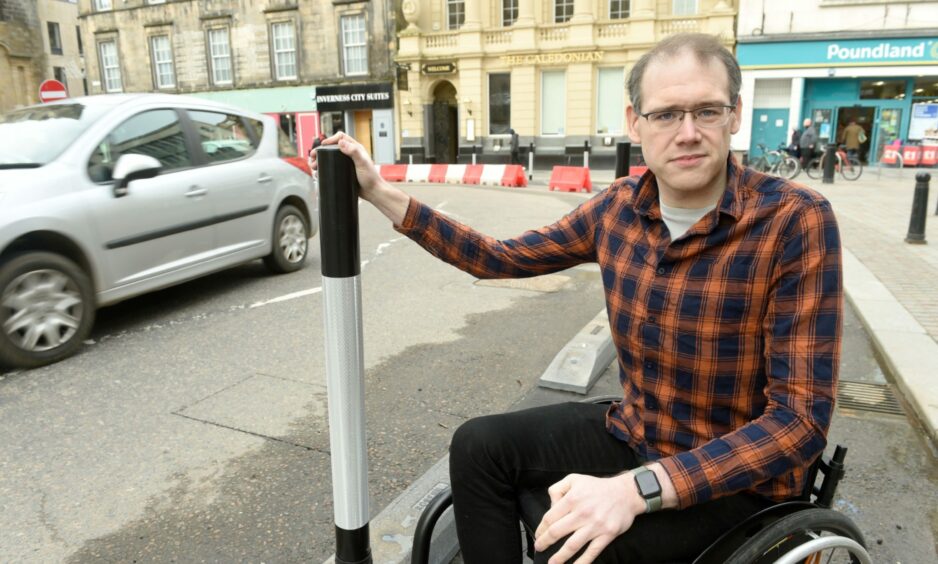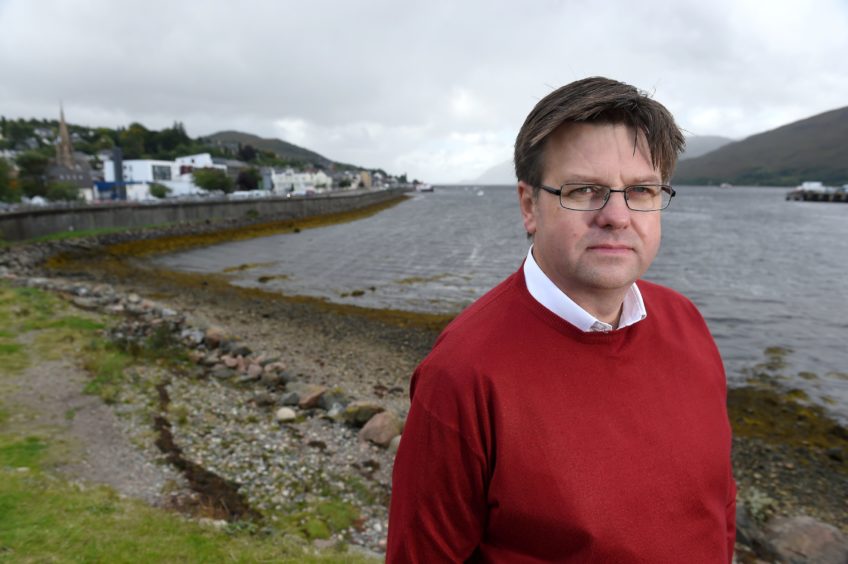Today’s education committee delivered an important first for the Highlands.
For the first time, pupils from the most disadvantaged backgrounds recorded a higher pass rate than those from the least deprived areas.
According to the 2021 SQA Attainment report, 95.02% of S4 pupils from the most deprived areas in Highland achieved an A-D pass at Level 5, compared to 94.18% of those from the least deprived areas.
Blended learning makes its mark
Education officers and members welcomed this progress, with some members suggesting that blended learning – a combination of remote online learning and classroom teaching – may have helped to level the playing field during the pandemic.
Councillor Linda Munro said she “wasn’t quite convinced” when she saw the emerging statistics, because it was counter-intuitive to expectations in lockdown.
However, she was impressed by a visit to a high school in her ward.
She added: “They’re now looking at blended learning for their pupils who need additional support for learning. They find it less stressful and less difficult.”
Mrs Munro said she was initially concerned that keeping pupils at home would contribute to their social anxiety, but the school explained that blended learning provided the right balance.
“Every question I had, they were streaks ahead of me,” she said. “A huge well done and I look forward to seeing this blended model because they seem to be on to a winner.”
Small improvements across the board
Overall, the SQA results showed modest improvements in most areas, though education bosses cautioned against making comparisons until the full benchmarking data was available.
However, members observed that there were no great shocks in the results.
“I’m encouraged to see that these results are not widely out of sync,” said councillor Emma Knox.
“There’s been a lot of discourse in the media about grade inflation but from this report it looks like the ACM (alternative certification model) got it about right.”
Some of the headline figures were:
- In S4, 45.65% of pupils achieved five or more A-D awards at National 5 (a slight increase on previous years. Just over 70% received five or more awards at National 4 – up from 67.94% last year.
- In S5, slightly fewer pupils received five or more passes at Level 6 than in 2019 – down from 17.02% to 16.32%, but an improvement on 2018. There was a notable uplift in the number of S5 pupils achieving five As, at 6.36% compared to 3.46% in 2019 and 2.69% in 2018.
- In S6, 34.43% of pupils achieved five or more awards at Level 6 – an improvement from the last two years. The Level 7 pass rate also increased, with 21.22% achieving one or more A-C awards. This is a 4% increase on 2019.
Fact check: Is it twice as hard to go to university in Highland?
Councillor Andrew Jarvie raised a red flag against interpreting the statistics too positively. He highlighted figures in the report which showed that 38.37% of S4 pupils achieved five or more A-C grades at Level 5.
Mr Jarvie claimed the comparable percentage in Aberdeen is 85%, in Aberdeenshire it’s 83%, in Argyll & Bute 87% and 90% in Moray. He further claimed that while 29% of Highland pupils achieve five Highers at A-C level, this figure is upwards of 80% in other councils.
“This means in Highland it’s twice as hard to go to university as it is in other areas,” he said. “Compared to other local authorities these results are mind bending.”
However, his claims were debunked by education officers, who explained that Mr Jarvie was confusing the overall pass rate in other local authorities with the A-C pass rate in Highland.
In Highland, the comparable S4 A-C pass rate for National 5 is 85.3% and in Higher it’s 84.5%.
Light and shade
Nevertheless, education officers agreed with Councillor Andrew Baxter’s plea that the committee see “both the light and the shade” in Highland attainment.
“Not only am I interested in closing the attainment gap here in Highland but we should be looking at how we close the attainment gap compared to the rest of Scotland as well,” he said.
“One of the fundamental problems is a lack of ambition within our communities, where in the past, children have been able to go into full-time employment… and that’s no longer necessarily the case. I’d like us to focus on those structural problems.”
Education executive Nicky Grant had highlighted earlier in the meeting that the number of school leavers moving on to positive destinations compared favourably with national figures, but that was set against a challenging set of circumstances for employers across Highland as the pandemic took its toll.
The council is working on providing more opportunities for young people to secure work and training in their own area.



